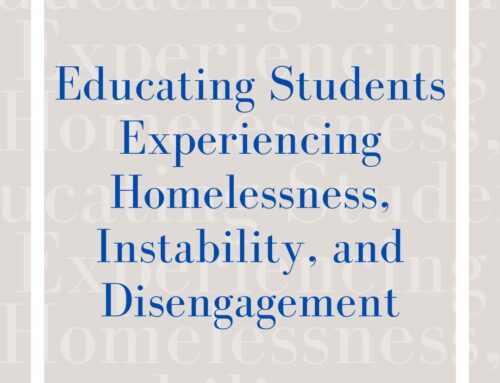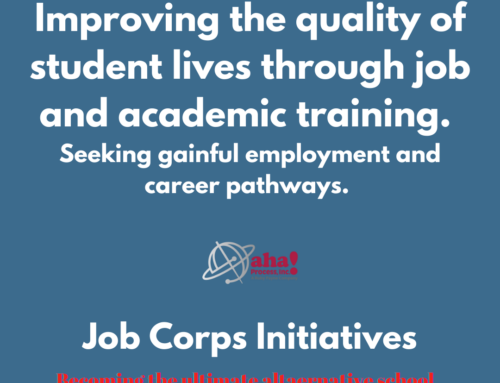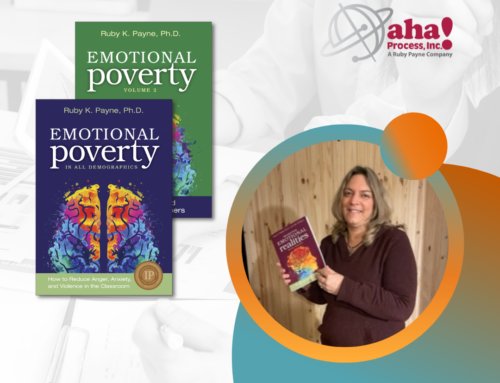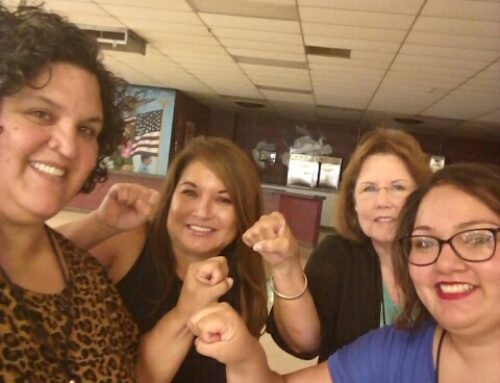 INGREDIENT #1 – High Ability/Gifted Attributes (Blog 1)
INGREDIENT #1 – High Ability/Gifted Attributes (Blog 1)
Remember the old adage, when life gives you lemons… As a regular program teacher, I felt exasperated many days providing learning experiences for high ability and gifted students. I always felt they needed more—a different path or recipe. I tried hard to use everything in my educational arsenal to fight boredom. So experimentation was my focus. I tried many different ingredients to attain the right mixture for success or “lemonade.” When I joined the gifted staff in my school district, I met a very smart, innovative educator named Paul Slocumb. Dr. Slocumb’s ideas about the use of Universal Concepts in the classroom and Dr. Ruby Payne’s Framework on Understanding Poverty, gave me what I consider the perfect recipe for success with these students or “lemonade.”
Previously, I wrote about scaffolding needed for high ability and gifted students so they would not be left behind. Based on my past experiences, classroom success begins with scaffolding, and scaffolding for these students requires a recipe of several varied ingredients. To begin, my suggestion is to identify the students who will benefit from the recipe (high ability and gifted) and also become familiar with their differences. The following attributes may help with the process:
A BRIGHT CHILD: A GIFTED CHILD:
Knows the answers Asks the questions
Is interested Is highly curious, mentally and physically involved
Answers the questions Discusses in detail, elaborates
Top group Beyond the group
Listens with interest Shows strong feelings and opinions
Learns with ease Already knows
Understands ideas Constructs abstractions
Grasps the meaning Draws inferences
Completes assignments Initiates projects
Is receptive Is intense
Copies accurately Creates a new design
Technician Inventor
Enjoys sequential presentation Thrives on complexity
Is alert Is keenly observant
Is pleased with own learning Is highly self-critical
These attributes work well for a “snapshot” identification, however, teachers may want to consider including environmental factors that contribute to students’ readiness to learn such as language skills, resources, and socioeconomic status, particularly students from impoverished backgrounds. According to Slocumb and Payne (2010) the identification process for the potentially gifted must include information related to student production, informant data, and cognitive/language skills in addition to bright and gifted child attributes.
RECIPE TO BE CONTINUED…Next: Ingredient #2-Resources
Teresa A. Johnson, Ed.D., is an itinerant teacher of the gifted in the Jackson-Madison County School District in Jackson, Tennessee. Dr. Johnson has been an educator since 1984, with the last 13 years experience being in gifted education, and has been a district trainer for aha! Process for 12 years. Dr. Johnson’s doctoral research interests include a curriculum model for high-ability and gifted middle school learners that combined innovative curriculum ideas and alternative instructional strategies, 21st Century learning strategies, and the work of Dr. Ruby K. Payne and Paul D. Slocumb.
Slocumb, P. D., & Payne, R. K. (2010). Removing the mask: How to identify and
develop giftedness in students from poverty (Second ed.). Highlands, TX: aha! Process.
Janice Szabos, Challenge Magazine, 1989, Issue 34 (out of print)
Bright and gifted differentiators: Tennessee Association for the Gifted: http://www.tagtenn.org








